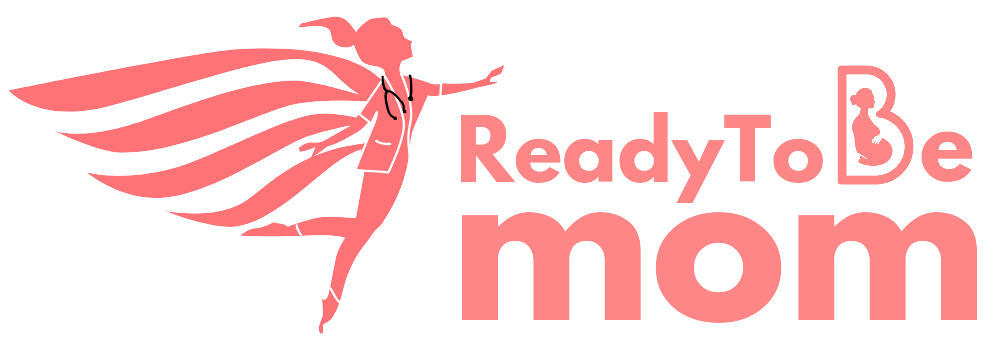Caesarean section, also known as C-section or caesarean delivery, is the surgical procedure by which a baby is delivered through an incision in the mother’s abdomen, often performed because vaginal delivery would put the baby or mother at risk.
A caesarean delivery might be scheduled by your doctor in advance of your due date. Or it may become necessary during labor because of an emergency.
Some of the most common reasons for a caesarean delivery include:
- Prolonged labor — also called “failure to progress” or “stalled labor”— is the most common reason for a C-section. It happens when a new mom is in labor for 20 hours or more. If the cervix does not dilate sufficiently or the baby does not descend through the birth canal after a certain amount of time, a C-section may be necessary to deliver the baby.
- Breech presentation – In order to have a successful vaginal birth, babies should be positioned headfirst near the birth canal. If the baby is in a breech position, meaning the baby’s feet or buttocks are positioned to come out first, a C-section may be recommended to avoid complications during delivery.
- Foetal distress – If the baby is not getting enough oxygen during labor or there are concerns about the baby’s heart rate, a C-section may be needed to deliver the baby quickly.
- Placenta previa – Doctors will perform a caesarean when the low-lying placenta partially or completely covers the cervix (placenta previa). This makes vaginal delivery impossible or unsafe. A C-section may be necessary to deliver the baby.
- Maternal health conditions – Certain maternal health conditions, such as high blood pressure, heart disease, or diabetes, may increase the risk of complications during labor and delivery. In such cases, a C-section may be necessary to ensure the safety of both the mother and baby.
- Birth defects -To reduce delivery complications, doctors will choose to deliver babies diagnosed with certain birth defects, like excess fluid in the brain or congenital heart diseases, through a caesarean to reduce delivery complications.
- Multiple pregnancy – If a woman is carrying more than one baby, a C-section may be recommended to avoid the risk of complications during vaginal delivery. Multiple pregnancies can increase the risk of preterm labor, foetal distress, and other complications.
- Cord prolapse – Umbilical cord prolapse (UCP) occurs when the umbilical cord exits the cervical opening before the foetal presenting part. This can lessen blood flow to the baby, putting the baby’s health at risk. While rare, a cord prolapse is a serious condition that requires an emergency caesarean delivery.
It’s important to note that while a C-section may be necessary in some cases, it is a major surgical procedure and carries certain risks, including infection, bleeding, and complications from anaesthesia. Women who are planning to give birth should discuss their options with their doctor and develop a birth plan that meets their individual needs and preferences.





